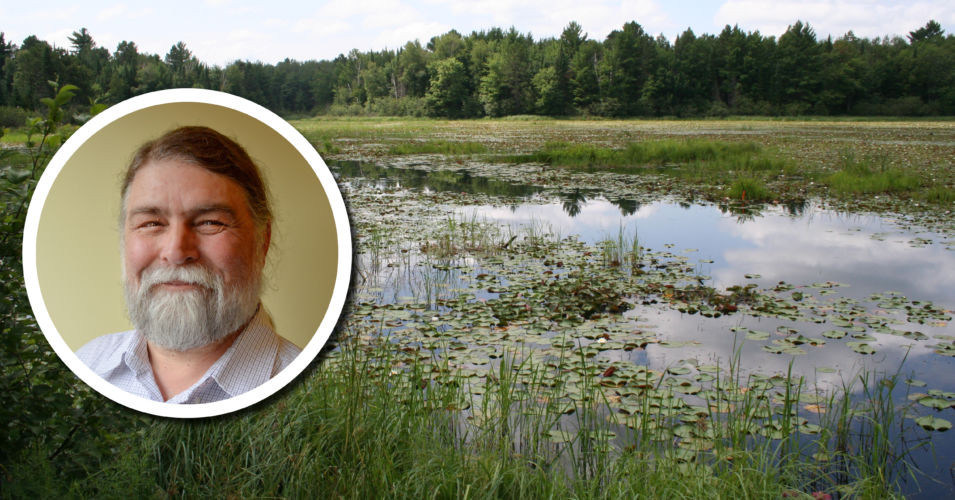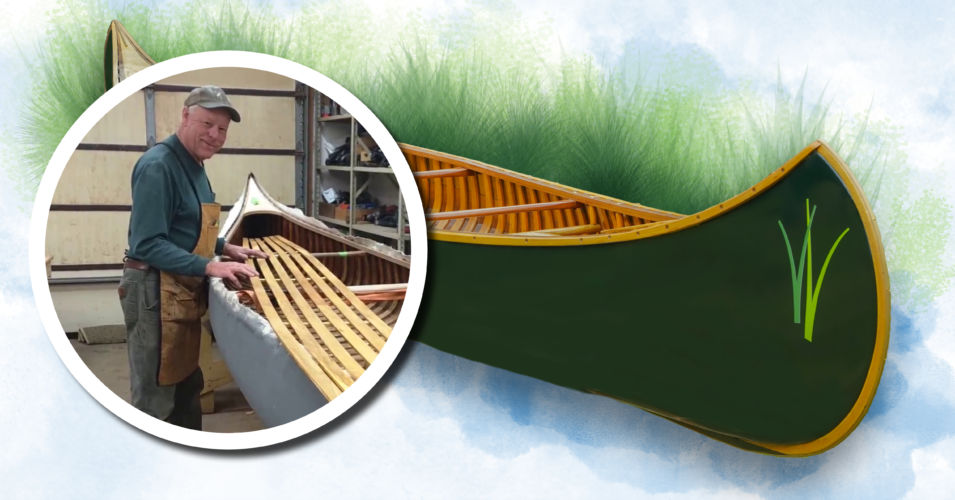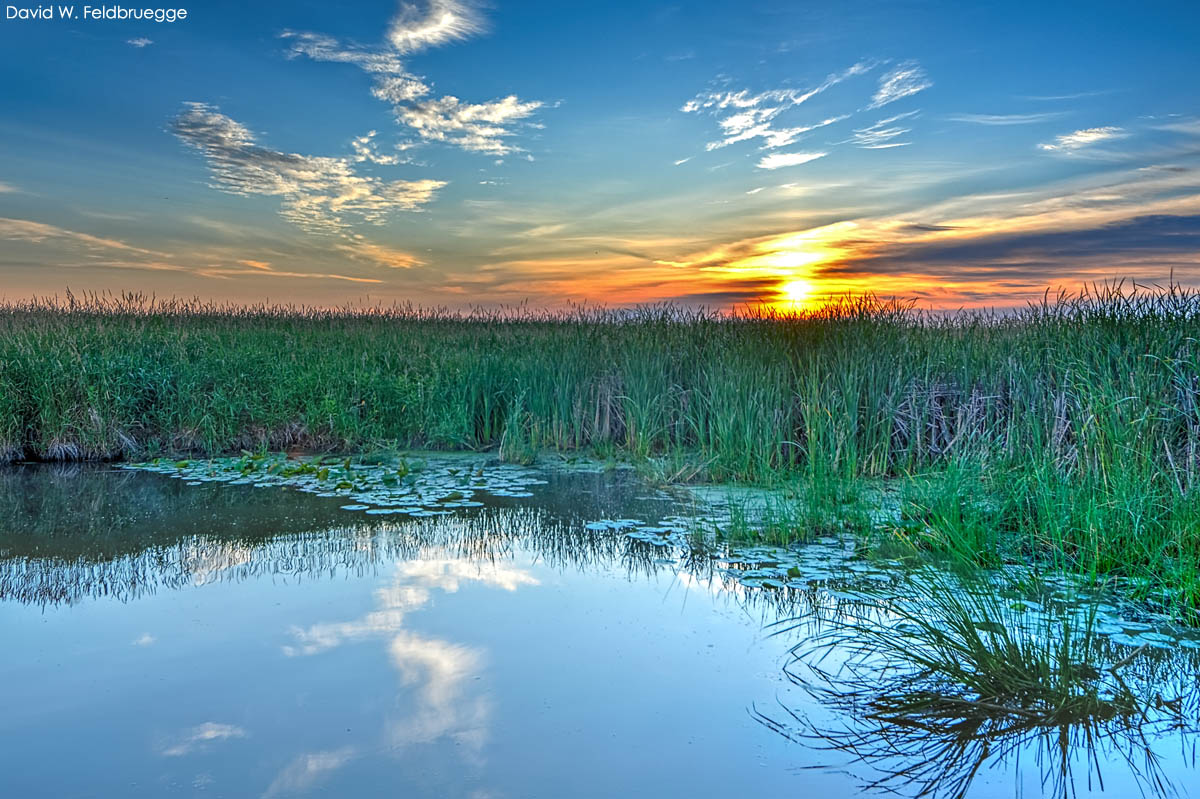Are all wetlands worth restoring? Our first reaction to that question is yes, all wetlands are worth restoring. But with limited time, funding, and other resources, sometimes we need to conduct triage to set our priorities based on the realities of these limited resources. And sometimes this triage is as much art as it is a craft.
I was reminded recently of how the terms art and craft also apply to watercraft restoration. You may have already heard about our Swampstakes campaign and how Wisconsin Wetlands Association (WWA) Vice-chair Jim Ruwaldt offered to restore an old canoe to help recruit new members and increase current member engagement. Now it just so happens that Jim is well seasoned in the art and craft of both wetland and watercraft restoration. When I worked with Jim to help him find a canoe worth restoring, I noticed that the thought process he used to pick out a canoe is similar to the thought process he used when triaging wetland restoration opportunities. Let’s break out the process:
- Was the canoe originally of high quality and worthy of the time and effort needed for its restoration? After looking over many old canoes, Jim chose a 1941 Old Town AA grade wood canvas model (the best offered at the time). This canoe had the potential to become, once again, a watercraft of beauty and functionality.
- Is the canoe in a condition such that it could be restored given the resources available? My inexperienced eye saw an old boat worthy of a trip to the landfill. Jim, however, saw things differently. Though this canoe was in a state of total disrepair that rendered it useless as a watercraft, Jim’s experienced eye allowed him to take an inventory of the repairs needed and assess the effort required to make those repairs.
- Do we have a detailed understanding of the desired condition we seek for this canoe following restoration? I was amazed to see Jim use the serial number still present on that 80+-year-old canoe to find and download the original build sheet developed at the factory for this particular canoe. This sheet had all the specifications, including date of manufacture, types of wood used in its construction, and original paint and stain colors. This was the blueprint needed for true restoration.
- Do we have the materials, the equipment, and the expertise to pull this off? Long story short: Jim certainly did. We documented Jim at work during the process of restoring this gorgeous canoe, and we’ll share some of this video so you, too, can enjoy watching a true craftsman at work.
Try replacing the word “wetland” for the word “canoe” in the bolded questions above and you’ll see that the same general considerations needed to triage canoe restoration can be applied to wetland restoration. Seasoned wetland professionals are truly artisans and craftspeople as well.
I hope you’ll all participate in this year’s Swampstakes efforts to help increase the number of people engaging with WWA and wetlands in Wisconsin. We know there are a lot of wetland lovers out there, and we need your help connecting them with our wetland community. Please contact me if you’d like to host a wetland friend-raising tour or event in your community.
Watch behind-the-scenes of the restoration
Want to see what went into the restoration of this 1941 Old Town wood canvas canoe? Join Jim as he takes us behind-the-scenes at various key points in the restoration process—we promise you’ll be even more impressed with this canoe once you’ve seen the art and craft that went into its restoration.
Related Content
Wetland Coffee Break: Breathing life into an old canoe



